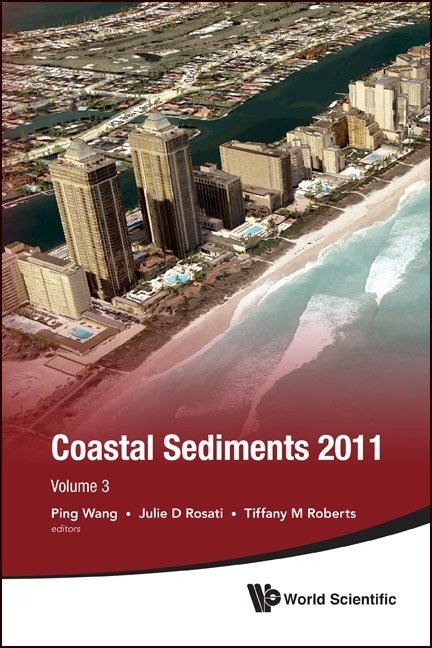COASTAL EVOLUTION MODELING AT MULTIPLE SCALES IN REGIONAL SEDIMENT MANAGEMENT APPLICATIONS
A numerical model called GenCade is introduced that simulates shoreline change relative to regional morphologic constraints upon which these processes take place. The evolution of multiple interacting coastal projects and morphologic features and pathways, such as those associated with inlets and adjacent beaches can also be simulated. GenCade calculates longshore sediment transport rates induced by waves and tidal currents, shoreline change, tidal inlet shoal and bar volume evolution, natural bypassing, and the fate of coastal restoration and stabilization projects. It is intended for project- and regional-scale applications, engineering decision support, and long-term morphology response to physical and anthropogenic forcing. Capabilities of the model are illustrated by an application to the south shore of Long Island, NY. The Long Island application has multiple coastal structures and features that are maintained to varying degrees of frequency. Cumulative response of the beaches from a variety of coastal projects leads to complexity in regional coastal management. GenCade is presented as a tool to unify management of local projects at regional scales.


